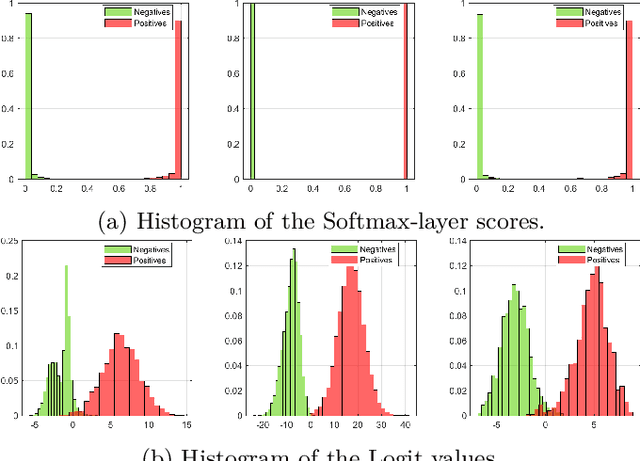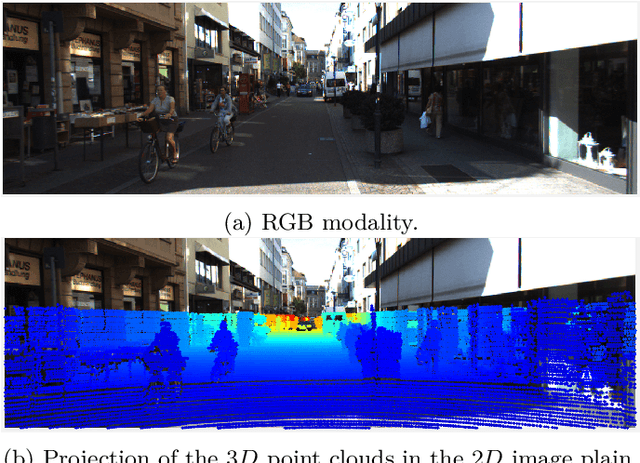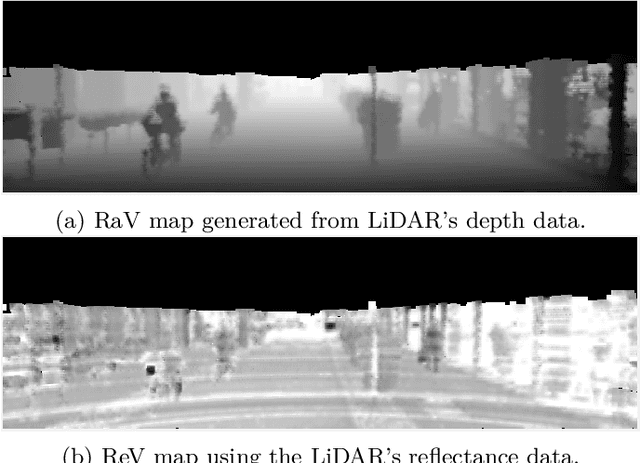D. Zhao
A Strategy Transfer and Decision Support Approach for Epidemic Control in Experience Shortage Scenarios
Apr 10, 2024Abstract:Epidemic outbreaks can cause critical health concerns and severe global economic crises. For countries or regions with new infectious disease outbreaks, it is essential to generate preventive strategies by learning lessons from others with similar risk profiles. A Strategy Transfer and Decision Support Approach (STDSA) is proposed based on the profile similarity evaluation. There are four steps in this method: (1) The similarity evaluation indicators are determined from three dimensions, i.e., the Basis of National Epidemic Prevention & Control, Social Resilience, and Infection Situation. (2) The data related to the indicators are collected and preprocessed. (3) The first round of screening on the preprocessed dataset is conducted through an improved collaborative filtering algorithm to calculate the preliminary similarity result from the perspective of the infection situation. (4) Finally, the K-Means model is used for the second round of screening to obtain the final similarity values. The approach will be applied to decision-making support in the context of COVID-19. Our results demonstrate that the recommendations generated by the STDSA model are more accurate and aligned better with the actual situation than those produced by pure K-means models. This study will provide new insights into preventing and controlling epidemics in regions that lack experience.
Probabilistic Approach for Road-Users Detection
Dec 02, 2021



Abstract:Object detection in autonomous driving applications implies that the detection and tracking of semantic objects are commonly native to urban driving environments, as pedestrians and vehicles. One of the major challenges in state-of-the-art deep-learning based object detection is false positive which occurrences with overconfident scores. This is highly undesirable in autonomous driving and other critical robotic-perception domains because of safety concerns. This paper proposes an approach to alleviate the problem of overconfident predictions by introducing a novel probabilistic layer to deep object detection networks in testing. The suggested approach avoids the traditional Sigmoid or Softmax prediction layer which often produces overconfident predictions. It is demonstrated that the proposed technique reduces overconfidence in the false positives without degrading the performance on the true positives. The approach is validated on the 2D-KITTI objection detection through the YOLOV4 and SECOND (Lidar-based detector). The proposed approach enables enabling interpretable probabilistic predictions without the requirement of re-training the network and therefore is very practical.
Self-Supervised Domain Adaptation with Consistency Training
Oct 15, 2020



Abstract:We consider the problem of unsupervised domain adaptation for image classification. To learn target-domain-aware features from the unlabeled data, we create a self-supervised pretext task by augmenting the unlabeled data with a certain type of transformation (specifically, image rotation) and ask the learner to predict the properties of the transformation. However, the obtained feature representation may contain a large amount of irrelevant information with respect to the main task. To provide further guidance, we force the feature representation of the augmented data to be consistent with that of the original data. Intuitively, the consistency introduces additional constraints to representation learning, therefore, the learned representation is more likely to focus on the right information about the main task. Our experimental results validate the proposed method and demonstrate state-of-the-art performance on classical domain adaptation benchmarks. Code is available at https://github.com/Jiaolong/ss-da-consistency.
 Add to Chrome
Add to Chrome Add to Firefox
Add to Firefox Add to Edge
Add to Edge